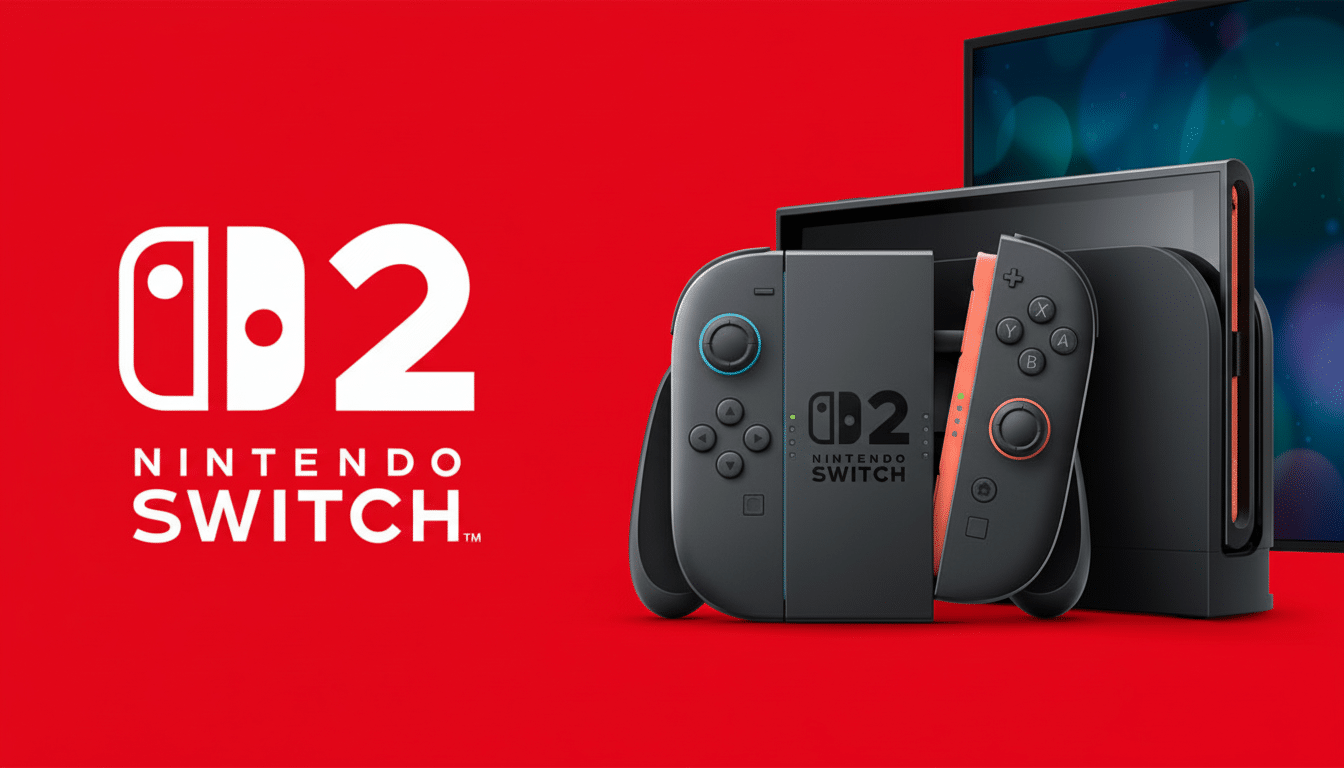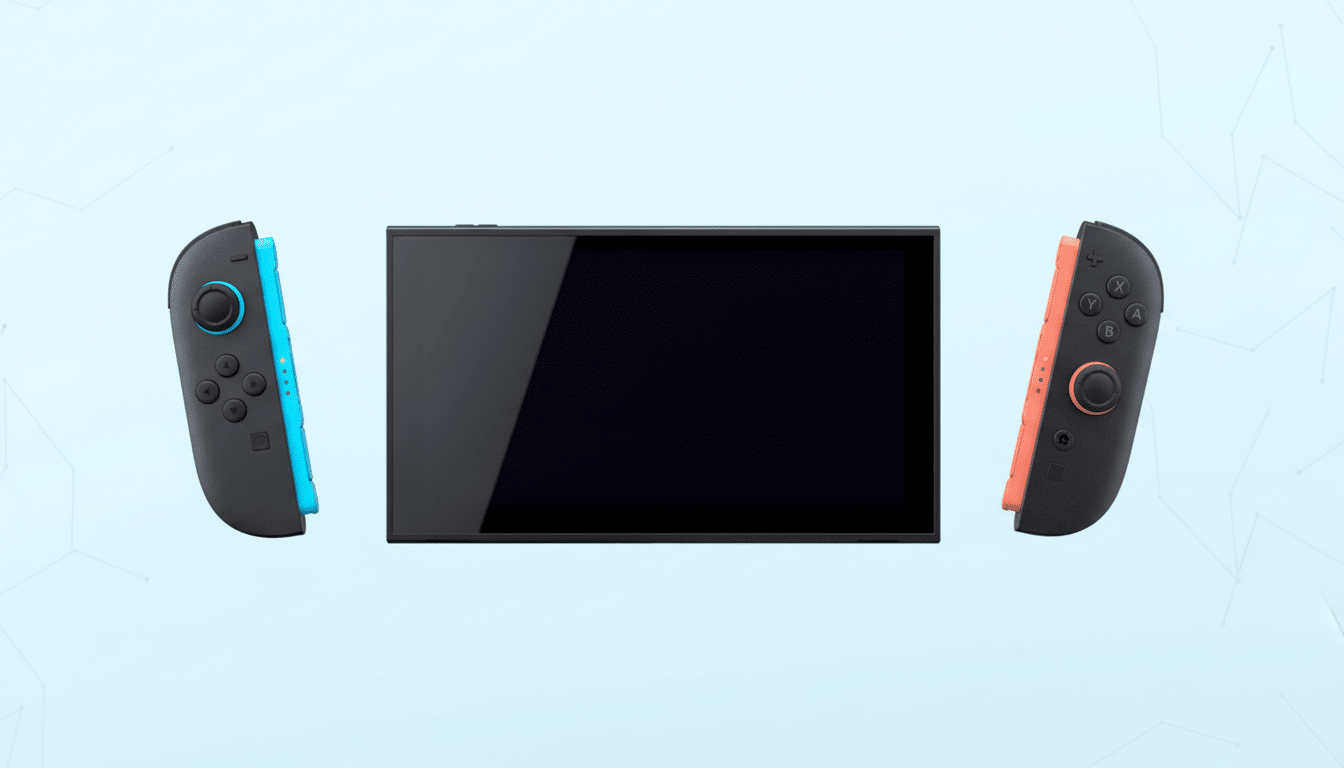Nintendo has broken the 10.36 million mark for its most recent console, with over 10.36 million Switch 2 units sold, according to the company’s official hardware sales tracker. For a platform still in the early days of its life, this is a resounding shot across the bows when it comes to demand, and more evidence—if any were required—that Nintendo’s hybrid approach has the legs.
A fast start, with historic context for early sales momentum
The pace matters. According to Nintendo’s own historic data, the ill-fated Wii U sold 13.56 million units during its entire life cycle. The Switch 2 is well past the 10 million mark in around a quarter post-launch, and it should be able to catch up to the Wii U total by this time next year, no problem.

It also compares favorably to Nintendo’s contemporary success stories. The original Switch took most of its first year to reach 10 million units, according to company filings. The successor has come with a less protracted run-up, benefiting from brand familiarity, a fruitful pipeline of first-party software, and a huge installed base ready to either upgrade or add two-console households.
Supply catches up to demand as production normalizes
If you’re an early adopter, you remember how hard the console was to find for weeks after its release, as retailers announced and quickly sold out of sporadic restocks. Availability has gotten better in a meaningful way since then, and that indicates Nintendo and its supply chain partners have been able to ramp production and logistics to meet demand. That normalization usually turns the switch from one of a “hunt for stock” market to full, steady sell-through.
Games driving momentum and fueling strong attach rates
Nintendo’s latest update didn’t just count hardware, though. It also teased early software traction: Mario Kart World has sold 9.57 million copies, while Donkey Kong Bonanza is at 3.49 million. That’s a fantastic attach rate for Mario Kart, solidifying the franchise as one that full-on pushes system sales.
The slate in front of us is a tailwind. On the top end, Pokémon Legends: Z-A has shown that it can sell units even when on decades-old hardware, and an offering of Hyrule Warriors: Age of Imprisonment and Kirby Air Riders with a dash of Metroid Prime 4 gives Nintendo enough tentpole beats to help prop hardware throughout the shopping season—and long after.

Cost debate meets market reality as buyers embrace value
There has been talk about the Switch 2’s higher price compared to the usual Nintendo launches—a callback to another subject of perennial hand-wringing online. But the sales numbers indicate that consumers see real value in ecosystem continuity, portable-first design, and first-party library. Analysts at companies like Ampere Analysis and Circana have pointed out how console spending continually bounces back when a good amount of marquee software and reliable supply are in sync—this cycle seems no different.
That’s in part because Nintendo’s steady cadence of must-have brands lowers the risk for early adopters of the Switch and for third-party publishers trying to figure out where to place bets. A 10-million-plus installed base at this early point, meanwhile, will encourage more ports, timed exclusives, and cross-gen releases that can all then help fuel adoption.
What to watch next for sustained growth and holiday demand
With supply no longer the headline, eyes are on how the company can leverage major releases into lasting hardware growth. If the attach rates continue and they get a good holiday bundle, it’s less a matter of if they exceed a prior generation’s lifetime total and more just when.
For now, the headline is straightforward: by its own investor documents, Nintendo has a hit. The Switch 2—or whatever name it bears—is a hot-selling device right now, software is flying on the platform, and its early momentum provides it with some believable long-term legs—which is what developers, retailers, and its own shareholders want to see.

